Convenience is a killer and we have been making a deliberate choice to eat living, unprocessed, non-factory foods.
No vegetable oils, no high-fructose corn syrup, no processed meats, just good, old-fashioned stuff.
This is yesterday’s lunch: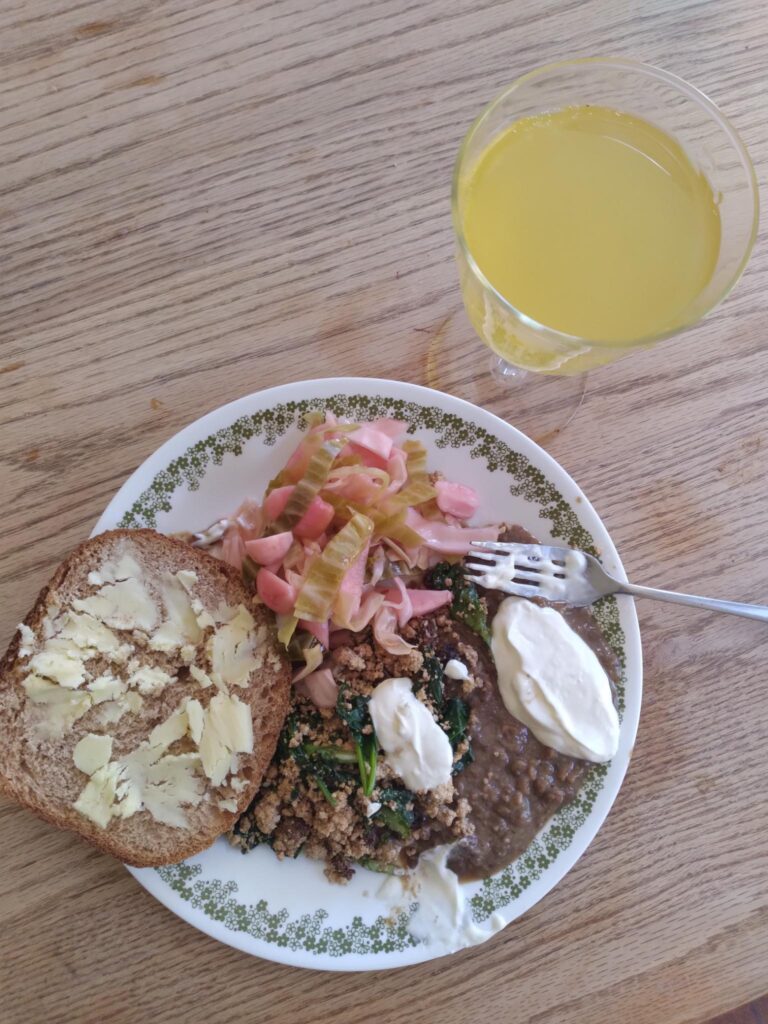
That is organic homemade wheat bread with homemade butter, lentil and beef stew with homemade sour cream, salad greens with homemade cheese (it looks like couscous – in the middle) and fig vinegar (from Perdido Vineyards – they make great vinegar!), with pink homemade radish and cabbage kraut. In the glass is homemade hard cider.
We’re still stuck buying a lot of food right now since we just moved, but our dairy consumption is completely covered, with more butter, milk, cheese, yogurt and kefir than we need.
This is this morning’s breakfast:
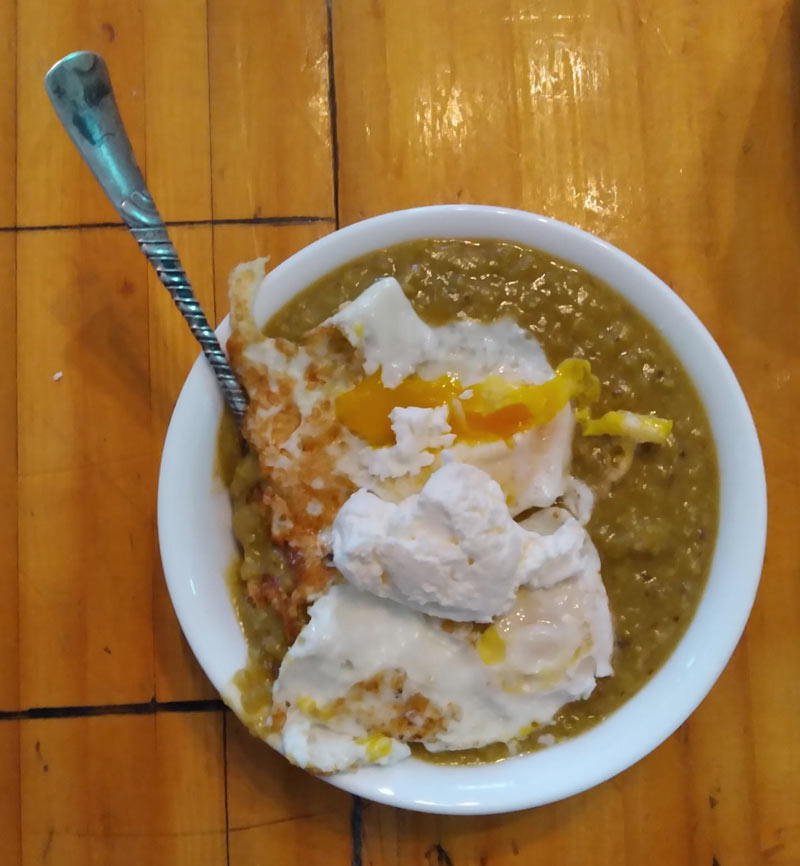
Split pea porridge (made from split peas soaked in water with live vinegar) with some sauerkraut brine for salt, two farm eggs and a good dollop of nice, sour kefir cheese.
This is old-fashioned farm food which feels like luxury in today’s world of tater tots and frozen pizza. It takes longer to eat well but it is worth the time and effort.
We soak our grains and beans before cooking in order to reduce toxic plant compounds, like phytates and lectins.
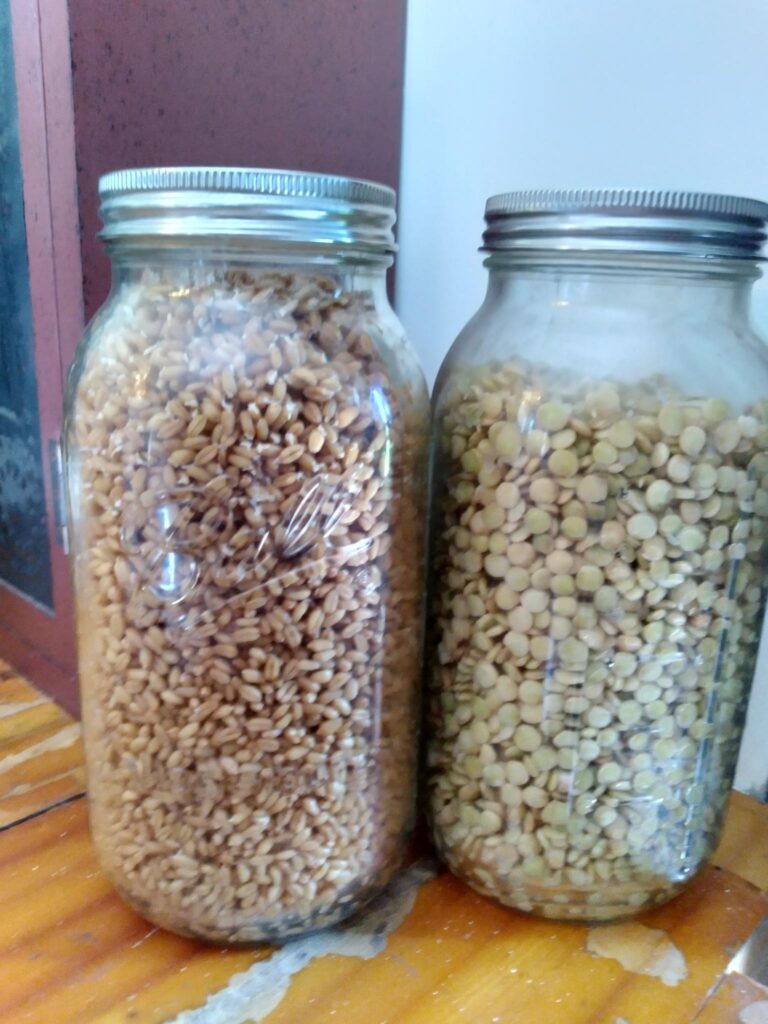
On the left are wheat berries, which are being sprouted in order to malt them to make homemade wheat beer. On the right are split peas, soaking for a day in preparation for making the porridge we ate for breakfast.
We’re using these cool soaking lids I bought on Amazon:
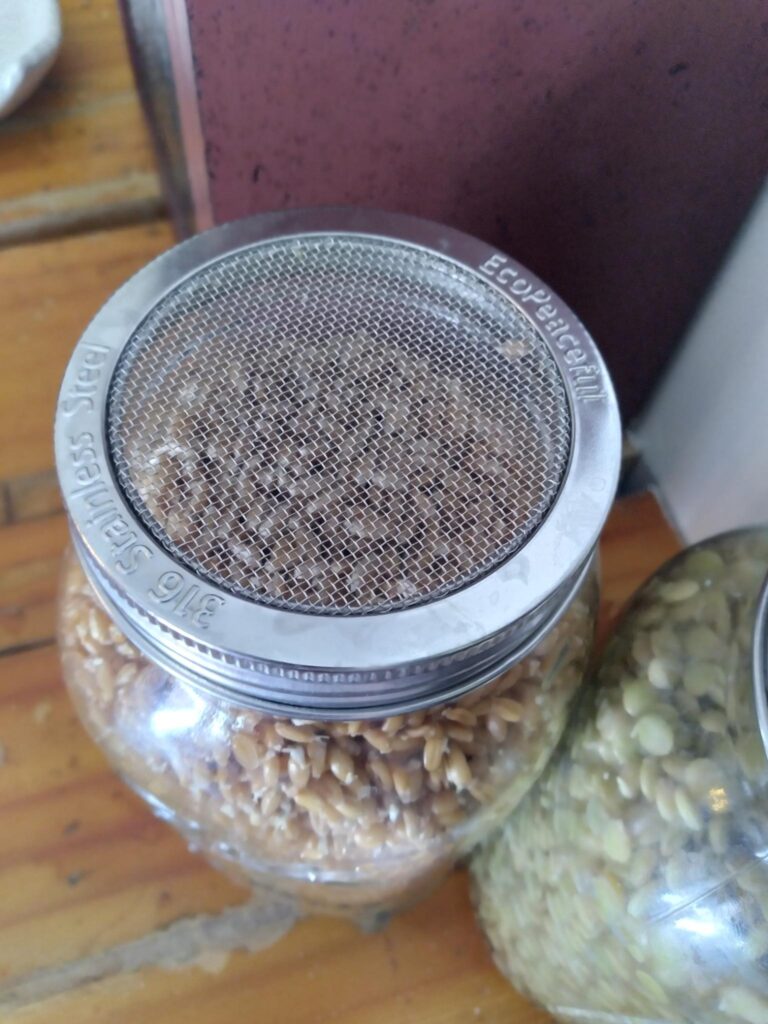
They really work well, and are easier than using strainers.
When I soak beans or oats for cooking, I like to add a little whey, apple cider vinegar, kefir, yogurt or sauerkraut brine to the soaking water to help the process along and add some living cultures. This is a trick I learned from Sally Fallon Morell at the Weston A. Price Foundation, who is the author of Nourishing Traditions.
Part of the reason I have been off YouTube lately is because I have been experimenting with various ferments. the other part is because I am working on a new book. Today I hope to record the end of my Grocery Row install video and post it.
If I can stop messing around with bacterial cultures long enough to edit it together, that is.

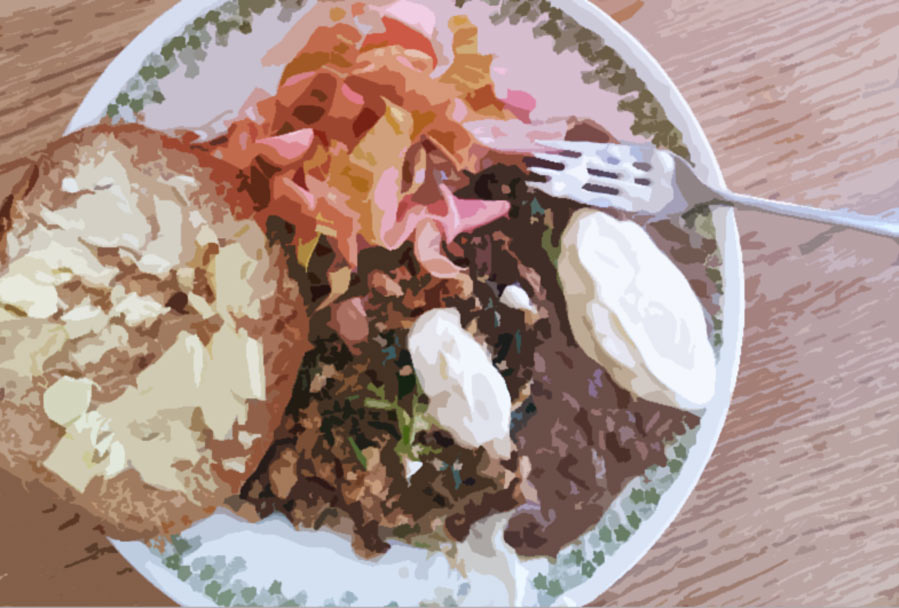
8 comments
Trying to eat “off grid” demands some creativity and an adventurous spirit. Our garden is still very much supplemental at this point, but it definitely encourages us to eat more vegetables and fresher foods. We haven’t ventured into dairy yet.. how did you figure out how to make all of this?
David, enjoying your fermentation adventures!
We too ferment EVERYTHING! … we usually have a dozen or so ferments going on any given day ..as I write this and look in the kitchen I see jars of fermenting kefir, French and Bulgarian heirloom yogurts, dark red beet wine, a fruit wine prosecco, green beans, hot peppers, green bean leaves, white pine needles, sea rocket and green tomatoes. As our nights are starting to drop into the high 30’s, the tomato ripening is slowing like crazy, so a dinner of fried green tomatoes and hush puppies was on the menu tonight …topped with a red chili sauce and homemade lactic-fermented mayonnaise!
If you haven’t tried fermenting mayo yet, I most def recommend … you make your own mayo as you normally would, but also add some whey from your kefir/yogurt ferment and let it sit on the counter for the day before popping in the fridge .. it adds tremendous flavor and the mayo last so much longer in the fridge this way (not that ours last more than a week or so before we eat it all!)
Enjoy your new gardens brother!
What’s the white pine needles for?
I am brewing them in mead to see what it tastes like.
Just love all the info you share! I’m getting into fermenting a bit now, never really had time to learn or do it before. The nutrition side of it all is fascinating stuff!! The Lord really did give us all we need. Bless ya brother
Thank you, Heidi. You too.
We have been trying to find new ways to eat our lentils. Please share lentil and beef recipe! It looks amazing!
Man I’m so frustrated… you have been working on such interesting stuff lately with all the fermentation – I wish I could follow you down the rabbit hole, and meanwhile I can barely find time to keep up with your posts and videos. I guess I’ll just open all the interesting links and clutter up my browser with dozens of tabs in the hopes that I’ll eventually find time to get to them.
I really want to try the fermented mead/cider/wine. I can’t drink regular wine anymore, it feels like poison, but I was recently talking to someone about how I ferment vegetables, and she was like, doesn’t that produce alcohol? And I was trying to remember why it doesn’t, and it has something to do with the presence or absence of oxygen, but I couldn’t remember the specifics, since I’ve only made the brine-based ferments and have never actually brewed beer or anything like that.
I do miss having my own homemade kombucha but it was such a chore to keep up with, and I always had trouble getting the timing right and would end up with either too much vinegar or too much sugar, especially as the weather would fluctuate and change the speed of fermentation.
We have been trying to avoid most beer on account of all the glyphosate that’s used in pretty much all grains (even some of the organic ones are contaminated – and there ain’t a whole lot of organic beer around anyway). So we go for cider sometimes instead, but those often have artificial flavorings and who knows what else added, especially since for some reason alcoholic drinks aren’t required to list their ingredients like other food products. So homemade cider, with carbonation and natural probiotic fermentation, is sounding mighty tempting. If you feel like making a video about it I might just give it a whirl…
Comments are closed.